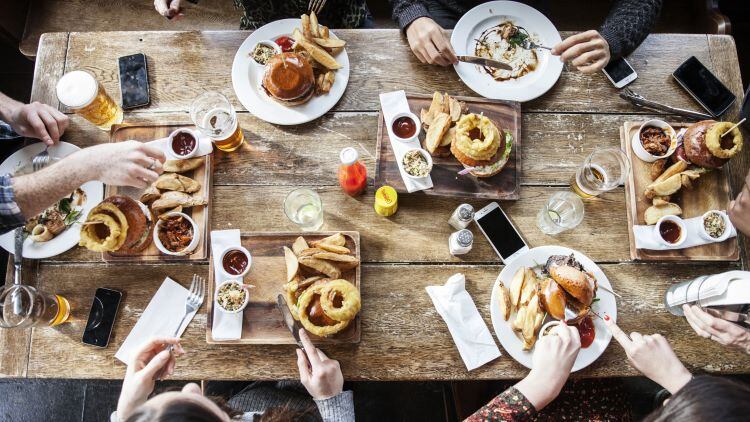Pub groups with more than 250 employees must display calorie information on non-prepacked food and drink. The energy content must be displayed in kilocalories (kcal), reference the size of the portion to which the calorie information relates and display the statement ‘adults need around 2,000 kcal a day’.
In response to the new requirements for calorie labelling, the British Beer & Pub Association chief executive Emma McClarkin said: “Of course, the health and wellbeing of customers is front of mind for our sector, especially after the past two years, but since being announced there has not been sufficient time or guidance given to help businesses prepare for the changes to menus.
“This is why we called for a delay in their implementation to give pubs some much-needed breathing space in the early stages of their recovery.”
A very challenging time
She continued to say that after the pandemic, pubs were already under extreme pressure, which was only made worse by rising energy costs, supply chain uncertainty and increased VAT. According to McClarkin, the calorie labelling requirement layered on an “extra burden and costs” at an already difficult time.
This comes after UKHospitality (UKH) called for a delay in the implementation of the new regulations, with UKH chief executive Kate Nicholls stating the rules came at a “very challenging time” for the industry.
Where food is chosen from a menu, the calorie information must be shown next to the description or price of the food for these companies. Furthermore, the calorie content must be calculated using the conversion factors listed in the annex XIV of the Retained EU Regulations 1169/2011 on the provision of food information to consumers.
It should be average values based on either the manufacturer’s analysis of food, a calculation from the known or average values or the ingredients used, or a calculation from generally established data.
Cost pressures
Operators told The Morning Advertiser the calories laws would bring cost pressures to their businesses. Among those was Revolution Bars chief executive Rob Pitcher, who said added costs would include a full reprint of menus, the cost of updating websites and order and pay apps as well as the cost of calculating the calorie information.
What’s more, this will cause a considerable added workload across the marketing, food development and IT teams, all of whom are having to deal with more complexity being added into their normal jobs, according to Pitcher.
Wells & Co chief executive Craig Billington said the calorie regulations would pose some challenges for the company. “In terms of operating costs, we are now paying to upgrade our technology as well as re-printing menus to display information correctly,” he said. “As for impact on sales ,we anticipate sales of side dishes and desserts may decline as guests begin tallying up their calorie consumption more consciously.”
However, some welcomed the change. A spokesperson for Greene King, who employs around 40,000 staff across five divisions, said: “We support and understand the need for people to make informed choices and our different brands aim to provide a range of options for customers, whether that is for a treat occasion or a lighter meal.”




